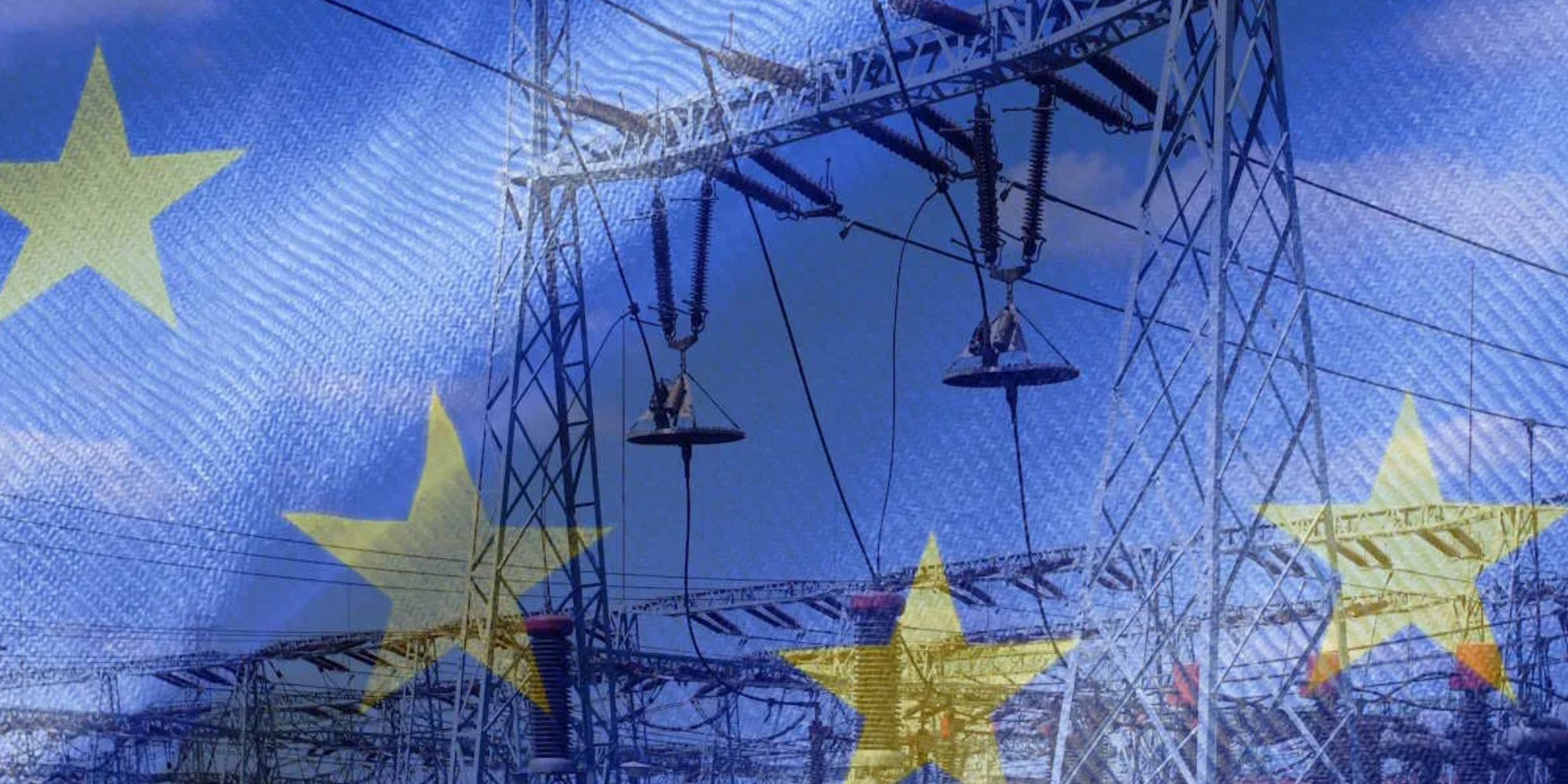EU Member States, with the support of the European Commission and ENISA, the EU Agency for Cybersecurity, published the first report on the cybersecurity and resilience of Europe’s telecommunications and electricity sectors.
The report points to concerns about a number of risks, including risks to supply chain security, the lack of cyber professionals and the risks posed by malicious activities from cyber criminals and state-sponsored threat actors.
The risk evaluation identified technical and non-technical risks in more detail. In both the telecommunications and electricity sectors, supply chain risks remain the main concern, especially regarding 5G rollout and renewable energy infrastructures. Ransomware, data wipers and exploitation of zero-day vulnerabilities were also identified as an ongoing but pressing concerns in both sectors, especially where operational technology is concerned.
For the electricity sector, the most critical risk identified is malicious insiders, spurred by a difficulty in adequately vetting new personnel and attracting local cybersecurity talent. For the telecommunications sector, the main threats include attacks via roaming infrastructures and attacks originating from large bot networks.
In addition, the physical sabotage of cable infrastructure and the jamming of satellite signals were identified as specific risks that are particularly difficult to mitigate.
To mitigate these risks, the report puts forward a number of recommendations across 4 areas for improvement, which can be summarised as follows:
- Resilience and cybersecurity posture can be improved through sharing good practices on mitigating ransomware, vulnerability monitoring, human resources security and asset management. Additionally, cooperation with technical Member States’ network, the Computer Security Incident Response Team (CSIRTs), law enforcement and international partners needs to be stepped up. Member States should conduct further self-assessments for the sectors as per the NIS2 Directive and CER Directive.
- Collective cyber situational awareness and information sharing needs to be improved and include the geopolitical context, potential physical harm and disinformation.
- Contingency planning, crisis management and operational collaboration needs to be improved by shortening lines between sectors and cybersecurity authorities in procedures.
- Supply chain security should be further addressed with follow-up assessments of dependencies on high-risk third-country providers and the development of an EU framework for supply chain security.
Given the criticality of the infrastructures and networks in the scope of this report and in view of the fast-evolving threat landscape, and without prejudice to the Member States’ competences as regards national security, Member States, Commission and ENISA are encouraged to implement these resilience-enhancing measures as soon as possible, based on the work that has already started on the implementation of some of the recommendations.
Click HERE to download the report for more information.
Source: European Commission (Shaping Europe’s digital future) | News & Views (https://shorturl.at/FiOt1)
